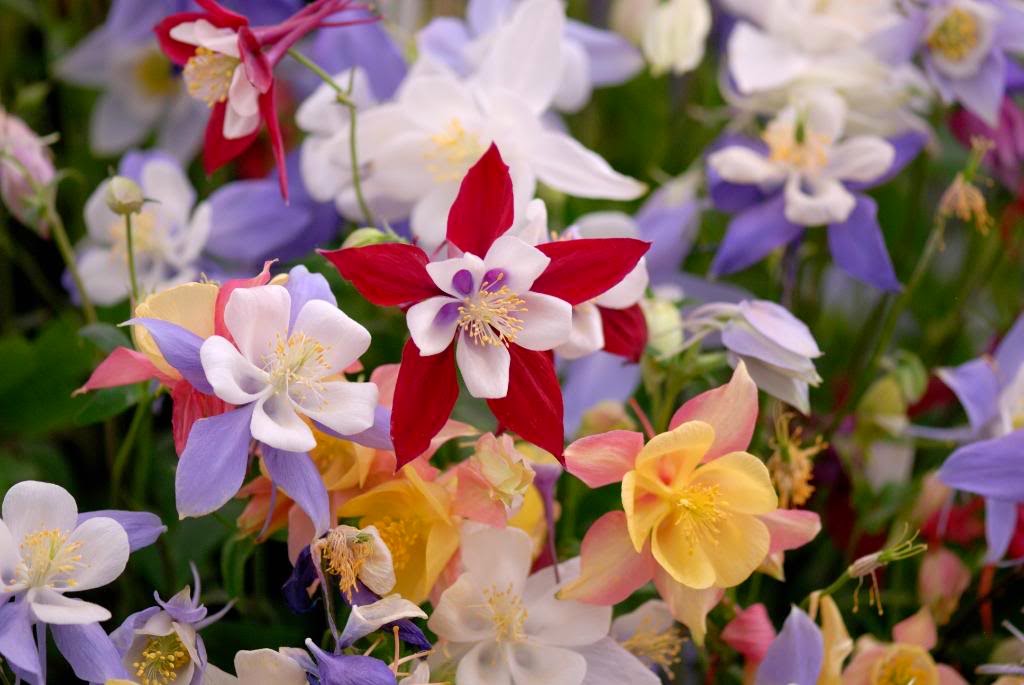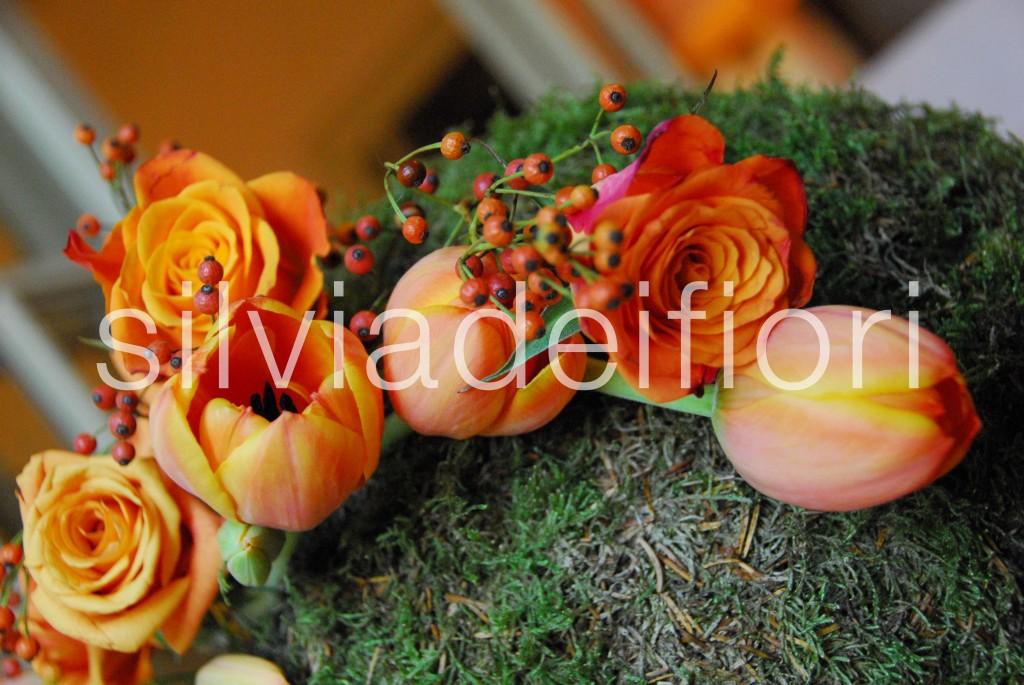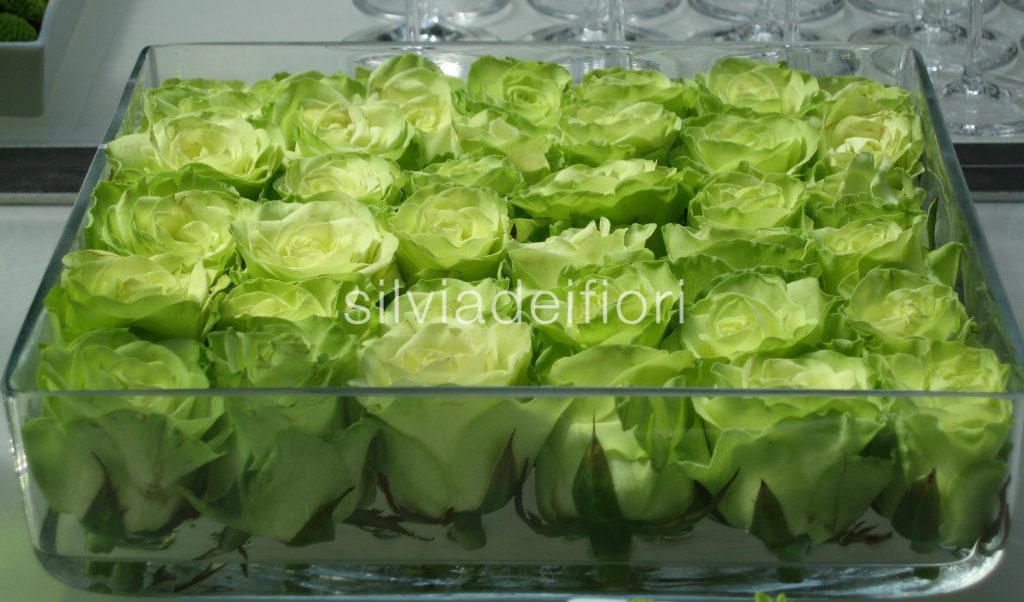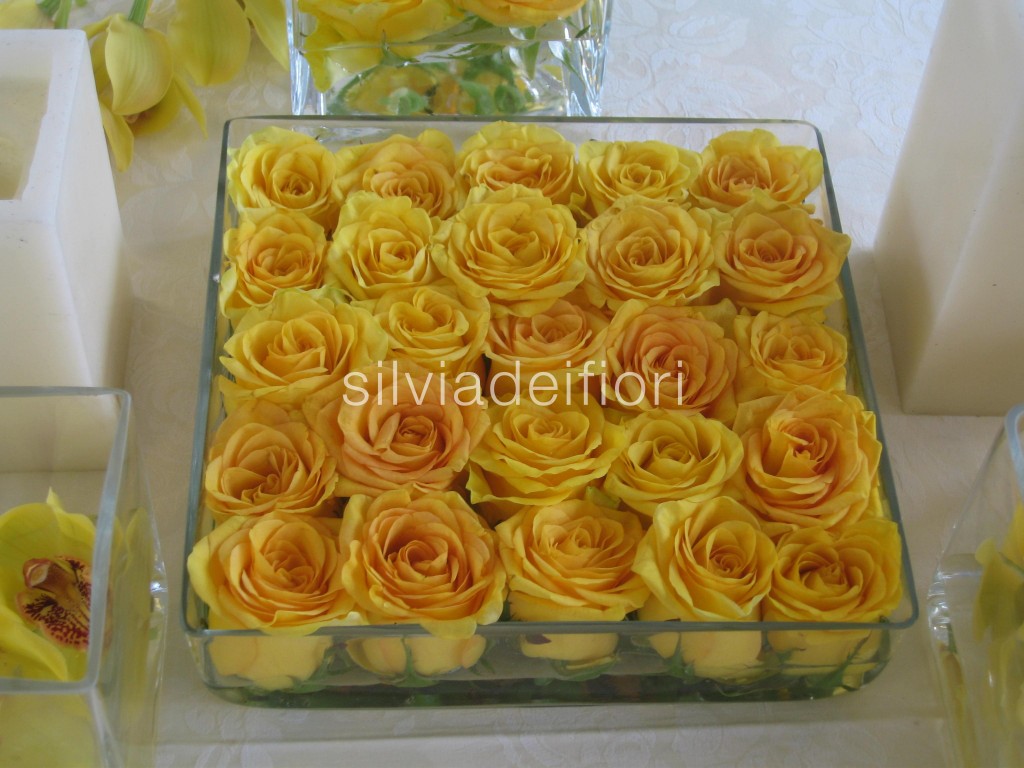Little known. Not very widespread. Even underestimated. They exist. plant which no longer enjoy the popularity or the esteem of the consolidated teams, but which on the contrary can guarantee an exceptional surprise effect whether given as gifts to friends or chosen to decorate our home.
Want to impress? Don't worry. Here's a list of "forgotten flowers” which will help you in your intent.
1) Spikenard
Before Francis chose them for his papal coat of arms, the pinkish white flowers of the nard They had truly fallen into oblivion. Perhaps because they were too simple, perhaps because they were too "exotic" (the plant originates from the mountainous regions of northern India, and still grows today on the slopes of the Himalayas and in the Middle East).
Yet, since ancient times, the extracted oil by steam distillation from its rhizome It became popular among rulers and religious figures throughout the world, so much so that it was defined as “poured out perfume” in the Song of Songs and cited in the Gospels as an aromatic symbol of God's love. A rather expensive perfume, in fact, considering that just 33 centiliters of this thick ointment in the 1st century AD cost about as much as the annual salary of a Roman infantryman.
His too balsamic benefits, however, they're no joke. Antifungal, antibacterial, anti-inflammatory, antiallergic, deodorant, sedative, and hormone-stimulating: what more could you ask for from a few drops of an essential oil?
A small idea for a last-minute Christmas gift: try decanting a bottle of spikenard oil into a small glass amphora decorated with a thin pink ribbon Mabella and a handwritten tag.
Luxurious gift = guaranteed success!
Floral Art in a Nutshell:
– Seasonality of Nardo flowers: all summer, approximately from June to August
– Ideas for decorations or a setup: An all-white bouquet, to be embellished with small spikenard flowers instead of (or next to) the very popular orange blossoms for a more "oriental" result.
2) The black locust tree
In mid-May it can be seen along all the country roads and river banks, because abundant bunches of creamy white flowers that smell good and remind you of wisteria. Yes, we are talking about the black locustA majestic tree of the Leguminosae family, it arrived from North America four centuries ago, invading uncultivated European lands and, unfortunately, drying out Italian flower growers. This plant's common uses are primarily related to the exploitation of its trunk wood as fuel and as a building material.
But what if we put the beautiful flowers in the pan? Venetian housewives have come up with an unusual suggestion for a delicious and at the same time trendy dessert: black locust frittersHere you are, below, the very easy recipe.
– Ingredients for 4 people: 500g of black locust flowers (better if semi-closed), 100g of 00 flour and 50g of rice flour, 40g of sugar, 1 pinch of fine salt, 200ml of whole milk, 2 eggs, seed oil for frying to taste
Prepare the fritter batter in a bowl by mixing the whole eggs, milk, a pinch of salt, and sifted flours and sugar together with a mixer until smooth and lump-free. Cover the bowl and let the batter rest for 30 minutes. Meanwhile, gently pat the flowers dry with a damp cloth.
Finally, it's time to dip the black locust into your batter: but be careful to let the excess drip off (the result we're aiming for is a ratio of 90% flower to 10% batter). Now you can brown them in hot oil (about 180 degrees Celsius in a fairly deep pan) until they're succulent and crispy. When you remove the fritters from the oil, place them on paper towels and, if you like, dust them with a little powdered sugar or a drizzle of honey.
You'll see, serve these fritters to your guests immediately, they'll be a hit! One last tip for the...plating? Choose a white or painted ceramic tray, perhaps with floral motifs, and decorated on the side with a bunch of fresh black locust and wisteria flowers.
3) The columbine
It may seem strange that two of the most different birds, such as the eagle and the dove, both refer with their name to the same flower, but for theColumbine (from the Latin adjective eagle, “which collects water” – due to the chalice shape of the corolla) also called ColumbineThat's exactly what happened. Over 100 species, numerous hybrids and horticultural varieties, endless colors and shapes: whatever you call them, these small Ranunculaceae will add spectacular effects to your green spaces with minimal effort. Because they're perennials, because they tend to self-hybridize and self-sow, because they're resistant to disease and pests, and because they're immune to frost and heat.
So why not adopt, for example, a flabellate dwarf-sized to cheer up your city balcony?
You will need to get a vase with a diameter of 18-20 cm (we recommend a soft grey lacquered vase of Griebling, so that it adapts easily and with class to any type of furnishing style) and a neutral, well-drained but humus-rich soil.
Now all you have to do is plant your columbine in October or March and place it in partial shade, keeping the soil constantly moist.
Ps If you want to pamper your new roommate, repot her once a year at the end of winter, incorporating a little slow-release NPK fertilizer into the new soil.
Rest assured, they will give you great satisfaction.
Floral Art in a Nutshell:
– Seasonality of Columbines: in April and May the flowers reach their maximum beauty
– Ideas for decorations or a setup: in a marriage characterized by a precise touche de couleur, large vases with lush pink or purple or blue or red columbines, placed at the entrance of a church/hall to accompany your guests into the ceremony
Photo inspiration by: Pinterest



